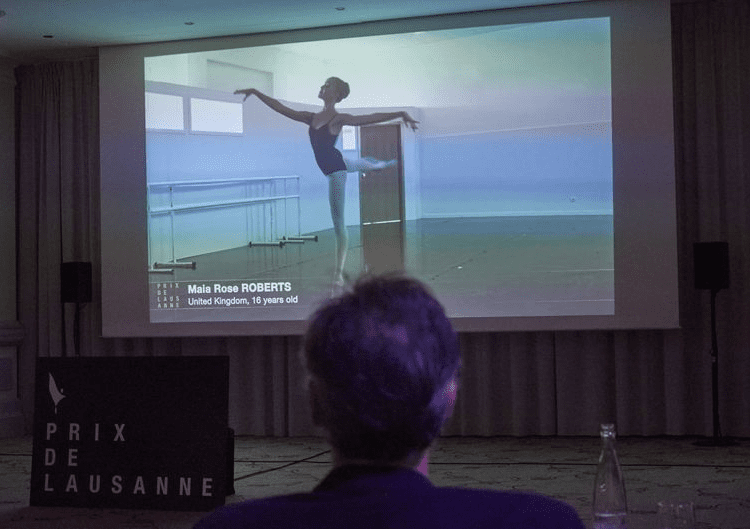LAUSANNE (Reuters) – In a normal year, the dozens of teenaged ballet dancers eyeing the prestigious Prix de Lausanne award would leap in from all across the world to the Swiss city to compete beneath the bright lights of the theatre.
With COVID-19 restrictions, dancers are showing pre-recorded routines on a flat screen instead, before socially distanced judges in a hotel ballroom, with no live audience.Donning black masks, the nine judges scribble notes on desks as they watch Maia Rose Roberts, 16, from Britain go through a ballet class on her own.Nicolas Le Riche, a former Paris Opera Ballet etoile, or principal dancer, saw no major difference from judging live performances and said he felt moved at “discovering the dancers through the screen.”
“Seeing those dancers bringing joy, excellence, passion in these videos, it’s absolutely amazing,” he said in an interview. Around 80 dancers aged 15 to 18 from 20 countries are vying for six prizes, which will be awarded on Feb. 6. A prize can help launch a career by earning winners a one-year scholarship with a partner school or company, as it did for Alessandra Ferri and Carlos Acosta who went on to star with American Ballet Theatre and the Royal Ballet, respectively.The organisers pressed ahead with the competition, one of the world’s toughest, because dancers typically perform only about 20 years and are always fighting time.
“The reason we have fought so hard to do the Prix de Lausanne this year is to not lose a year in a career of a dancer,” said Kathryn Bradney, artistic and executive director for the award, who misses the magic of the live event. Bradney admitted it was a “worrisome” period since dance budgets are liable to be cut during the COVID-induced recession. But she felt encouraged by this year’s dancers.
“We had auditions where they danced in their garage, in their living rooms and they had a high level and they were so determined that I think that dance will prevail actually,” she said.






Discussion about this post